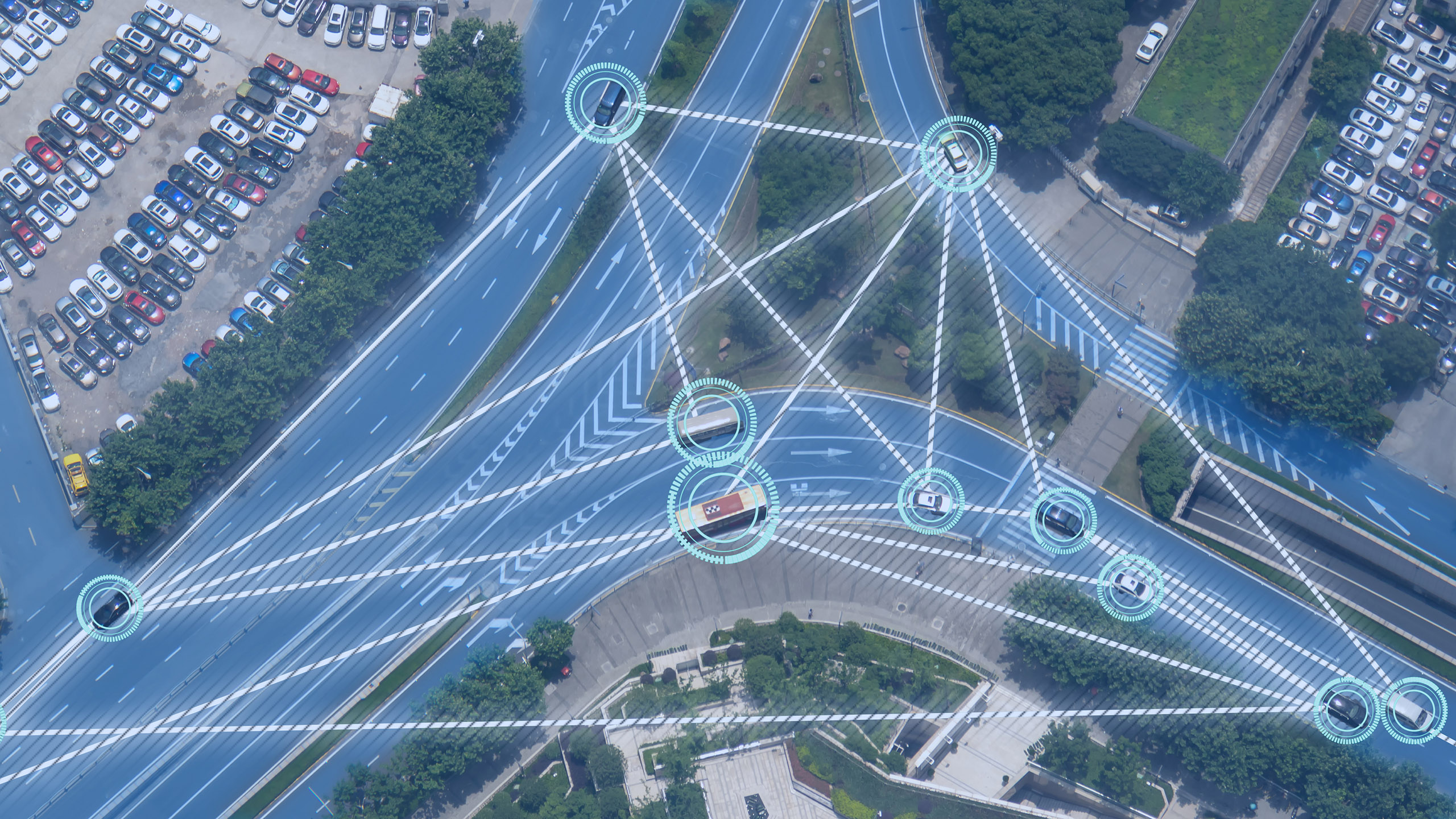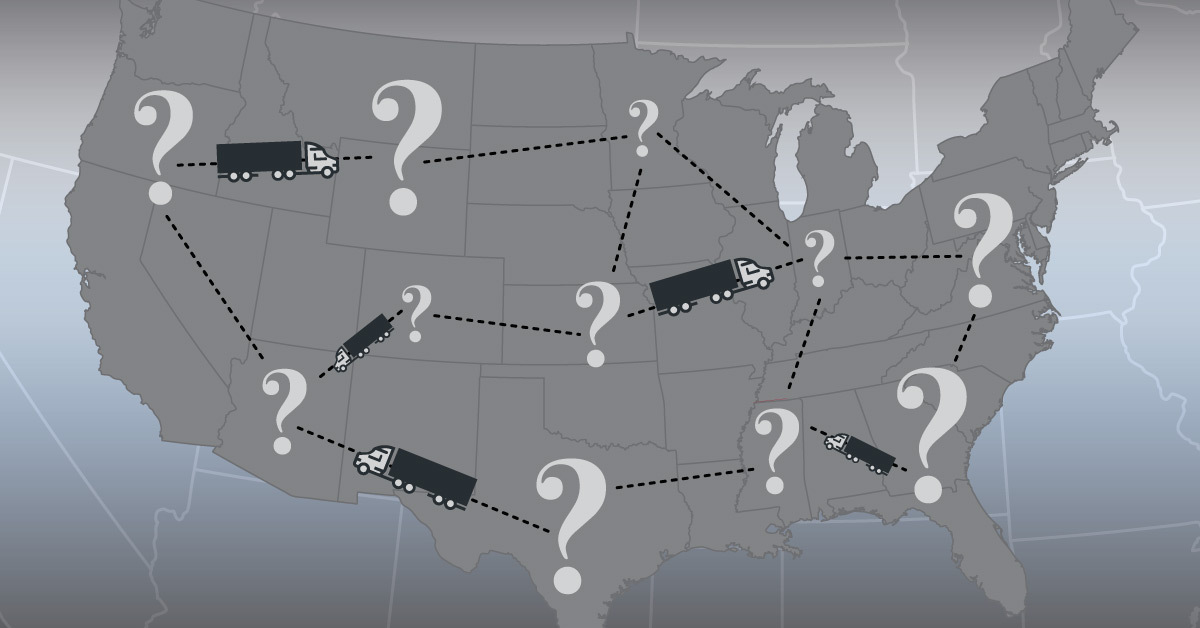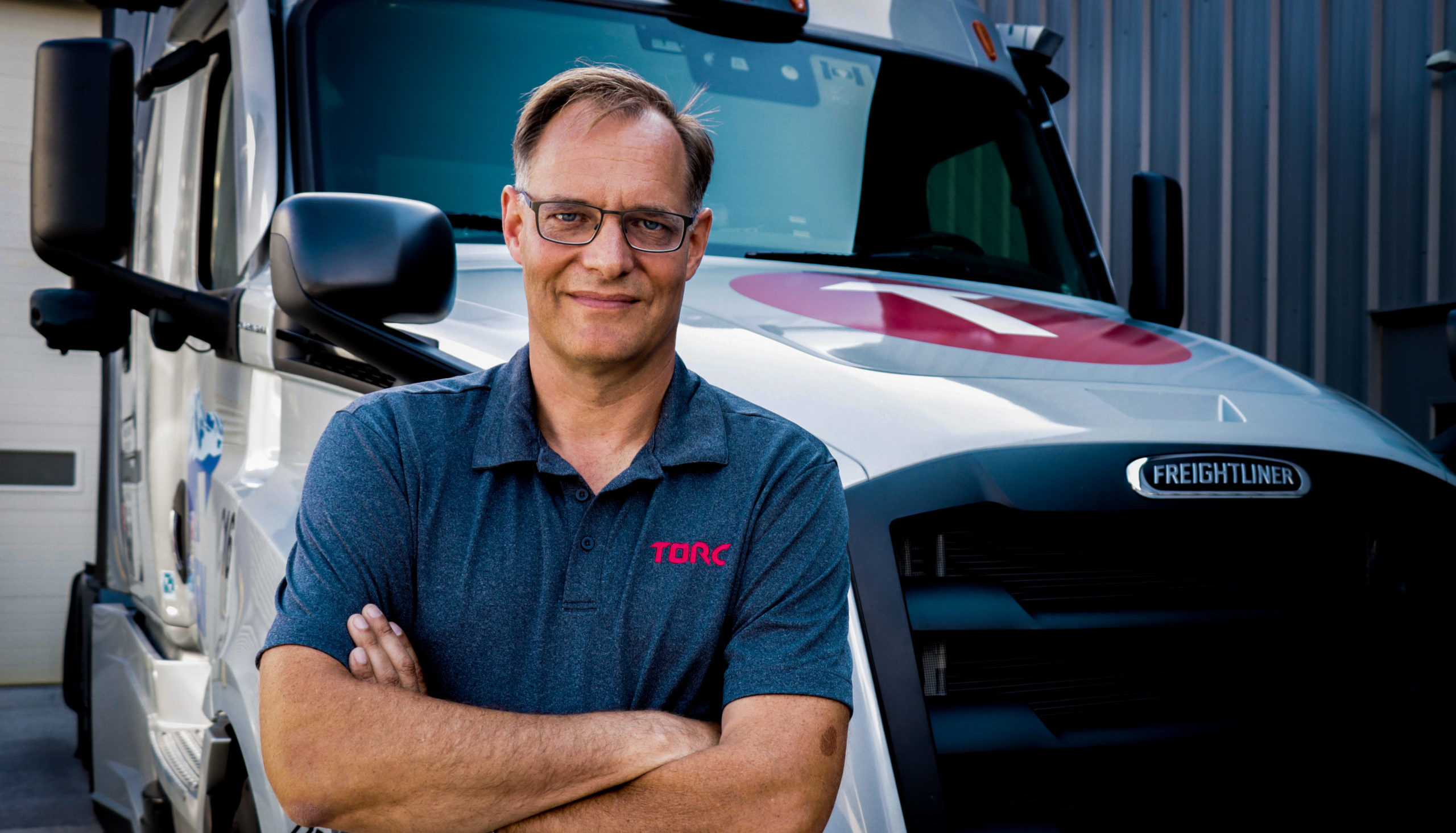The future of everyday technology is full of innovations taken straight out of The Jetsons. But from 3D-printed food to robot butlers, we’re not so far from that sci-fi idea of what tomorrow looks like. Today, we ask our smart assistants to play our favorite songs and program our robot vacuums to clean the house while we’re at work. Our future, and our present, is full of these kinds of forward-thinking inventions, including self-driving vehicles.
While self-driving vehicles are still a ways out from becoming flying cars, autonomous transportation is rapidly becoming part of our current lives. In fact, many cars on the road currently have some degree of autonomy – and we’re not just talking about luxury autopilot features.
Programs like lane-keep assist and cruise control are all considered Level One Autonomy, or assisted driving. These days, cars with Level One autonomous functions are very, very common; it’s likely that you’ve driven one yourself. And as for Level Two Autonomy, wherein vehicles control both steering and accelerating/decelerating, there are a few cars on the road with this function, albeit their numbers are rapidly rising as autonomous technology becomes more affordable.
We might have autonomous vehicles now, but are autonomous vehicles the future? Will that Jetsons-esque future become our everyday?
Let’s Explore: Autonomous Trucking
At Torc Robotics, we’ve been in the autonomous technology world since 2005. As seasoned veterans in the self-driving world, we whole-heartedly believe that autonomous vehicles are the future. We believe that autonomous trucking will be one of the first forms of self-driving to make it to the market, with Torc trucks at the head of the pack.
Autonomous trucks, like the ones we’re developing at Torc, are the most viable form of self-driving technology due to a host of reasons, but some of the most apparent are our trucks’ addition of lidar and radar in combination with a full camera suite. When added to a Class 8 truck, these features allow our vehicles to understand what’s in the surrounding environment in real-time.
And while autonomous driving systems will certainly make the roads safer for all, autonomous trucking adds a layer of usefulness that personal self-driving cars aren’t geared towards. From strengthening supply chains to driving down the cost of goods, trucks like ours will create a better future in countless ways.
So, are autonomous trucks the future? Yes! Once it’s safe for driver-out vehicles to put tires to the pavement, you can expect autonomous trucks to carry goods to-and-from shipping hubs across the country.
Let’s Explore: Autonomous Cars
In the past few years, autonomous cars have exploded onto the scene. Although there are some flashy headlines and sleek cars rolling out onto city streets, are autonomous cars the future?
The answer is: yes, but it’s a little more complicated than the autonomous trucking equivalent.
Autonomous cars are certainly probable and possible; we’ll likely see Level Four autonomy on our streets in the near future. Thanks to algorithmic precision and sensors far better than the human eye, these cars will make our roads safer. They’ll also be more efficient thanks to carefully managed gas consumption, eco-friendly decision-making, and more.
However, the cost of hardware is currently a huge challenge for the kinds of cars that we park in our driveways. From high-performance computing to mass-market manufacturing, it’s difficult to create a self-driving car that is safe, affordable, and maintainable for the average person. That’s not to say that it’ll never happen – it’ll just take some time before technology catches up to affordability. For now, those looking for a self-driving vehicle can look towards the various Level Two autonomous cars currently available.
Other Considerations: Software, Weather, and More
An autonomous vehicle, whether it’s a self-driving truck or a self-driving car, is an amalgamation of sensors, algorithms, processors, and more. At autonomous driving companies like Torc, we’re working to develop software that combines these elements in seamless, sophisticated ways. We’re laser-focused on developing trucks that operate autonomously in a few particular use cases: for example, in ideal weather conditions.
You might’ve heard that autonomous driving systems are still tackling the inclement weather challenge. While autonomous vehicles use a variety of sensors, cold inclement weather is still something the industry has yet to solve. Therefore, self-driving vehicles will likely launch in the Sunbelt region of the United States, where the weather is mostly temperate and snow isn’t a concern. However, we don’t expect snow to be an issue for long; there are promising solutions on the horizon, including ground-penetrating radar and other forms of localization methods. With so many developers working in a fast-paced, innovative industry, it’s only a matter of time before today’s problems become tomorrow’s footnotes.
So, Are Autonomous Vehicles the Future?
Yes. Autonomous vehicles are the future, just as they’re part of our present. As the autonomous driving industry continues to race towards self-driving solutions, we’re excited to see where the future leads us.



